Tips For Growing Crocus In Your Garden
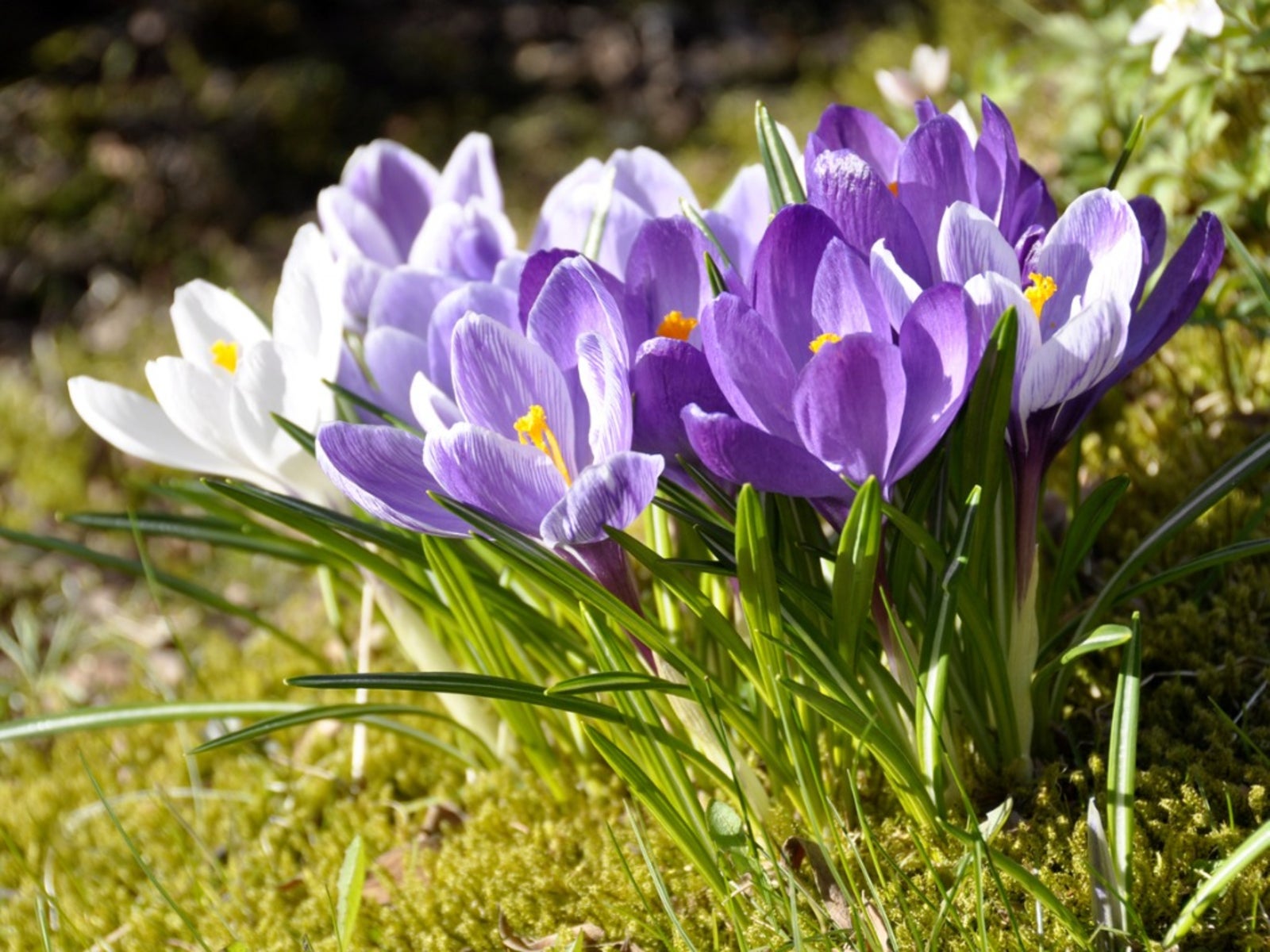

One of the first blooms to appear is the crocus, sometimes peeking up through a layer of snow with the promise of spring. The crocus plant grows from bulbs and is native to central and eastern Europe, North Africa, the Middle East, and parts of Asia and China. They are adaptable flowers that have become part of the North American landscape, providing much needed late winter or early spring cheer. Growing crocus in the home garden is easy if you know when to plant crocus.
When to Plant Crocus
You should purchase your crocus bulbs in September or October but wait to plant them until soil temperatures are below 60 degrees F. (16 C.). As a general rule, crocus bulbs are planted in November. The crocus plant is hardy to USDA zones 3 to 8 but planting times will vary slightly depending when you receive your first freeze. The crocus bulbs should be in the ground before the first frost. Crocus need a chilling period of 12 to 16 weeks before blooming, so plan accordingly when growing crocus in your garden.
How to Plant Crocus
Crocus bulbs need well drained soil in a sunny to partially sunny location. They thrive in a soil pH of 6 to 7 and are tolerant of a wide range of soils. You may even grow crocus in the lawn but be careful as they will naturalize and spread to become a potential nuisance. Plant the crocus bulbs in groups in the garden bed for impact or even under trees, as they need little root space. Bulbs are planted 3 inches (8 cm.) deep and 3 to 4 inches (8-10 cm.) apart. Provide mulch over the planting area in very cold zones but rake it away in early spring so the flowers can emerge. Gardeners in zones where the winters are too harsh or too warm to plant in fall can force the crocus bulbs indoors in time for a spring planting.
Crocus Flower Care
Animals can be a big problem with crocus bulbs. Squirrels and other rodents will dig up the bulbs and eat them, and deer will graze on the early foliage. You can cover the spring bulb bed with wire mesh to prevent squirrel damage, and there are deer repellents you can try to prevent their feeding on your flowers. When the flowers are spent, leave the foliage until it dies back to collect solar energy to feed the bulbs for the next bloom. Every two to three years, crocus clumps should be divided in fall when they are dormant. Dig up the clump and cut it into pieces with several bulbs attached and at least four healthy stems. Fertilize crocus beds with a slow release fertilizer in fall according to the manufacturer's instructions.
Choosing Crocus Varieties
Crocus are low growing plants that fit best into the front of a color display or even in pots. There are over 80 known crocus species with approximately 30 in common cultivation. The usual colors found are white, mauve, lavender, yellow, and even striped. It is best to shop early for the best selection of unique varieties like Zwananburg Bronze, a yellow flower with a bronze exterior. Consider the specific hardiness range of the bulbs, as some are more tolerant of cold than other types.
Gardening tips, videos, info and more delivered right to your inbox!
Sign up for the Gardening Know How newsletter today and receive a free copy of our e-book "How to Grow Delicious Tomatoes".

Bonnie Grant is a professional landscaper with a Certification in Urban Gardening. She has been gardening and writing for 15 years. A former professional chef, she has a passion for edible landscaping.
-
 Looking For Plants To Give You The Soft And Fuzzies? Try These 5 Fuzzy Leaf Plant Options
Looking For Plants To Give You The Soft And Fuzzies? Try These 5 Fuzzy Leaf Plant OptionsLovers of texture, drama, silver foliage and tactile plants will adore these special sensory garden additions. These fuzzy leaf plant options will leave you all aglow
By Susan Albert
-
 Get Ready For A Summer Of Hummers! Grow These Full Sun Hummingbird Plants and Flowers
Get Ready For A Summer Of Hummers! Grow These Full Sun Hummingbird Plants and FlowersIf you’re lucky enough to enjoy a sunny backyard, make sure you are maxing out on your pollinator opportunities and grow these full sun hummingbird plants and flowers
By Tonya Barnett
-
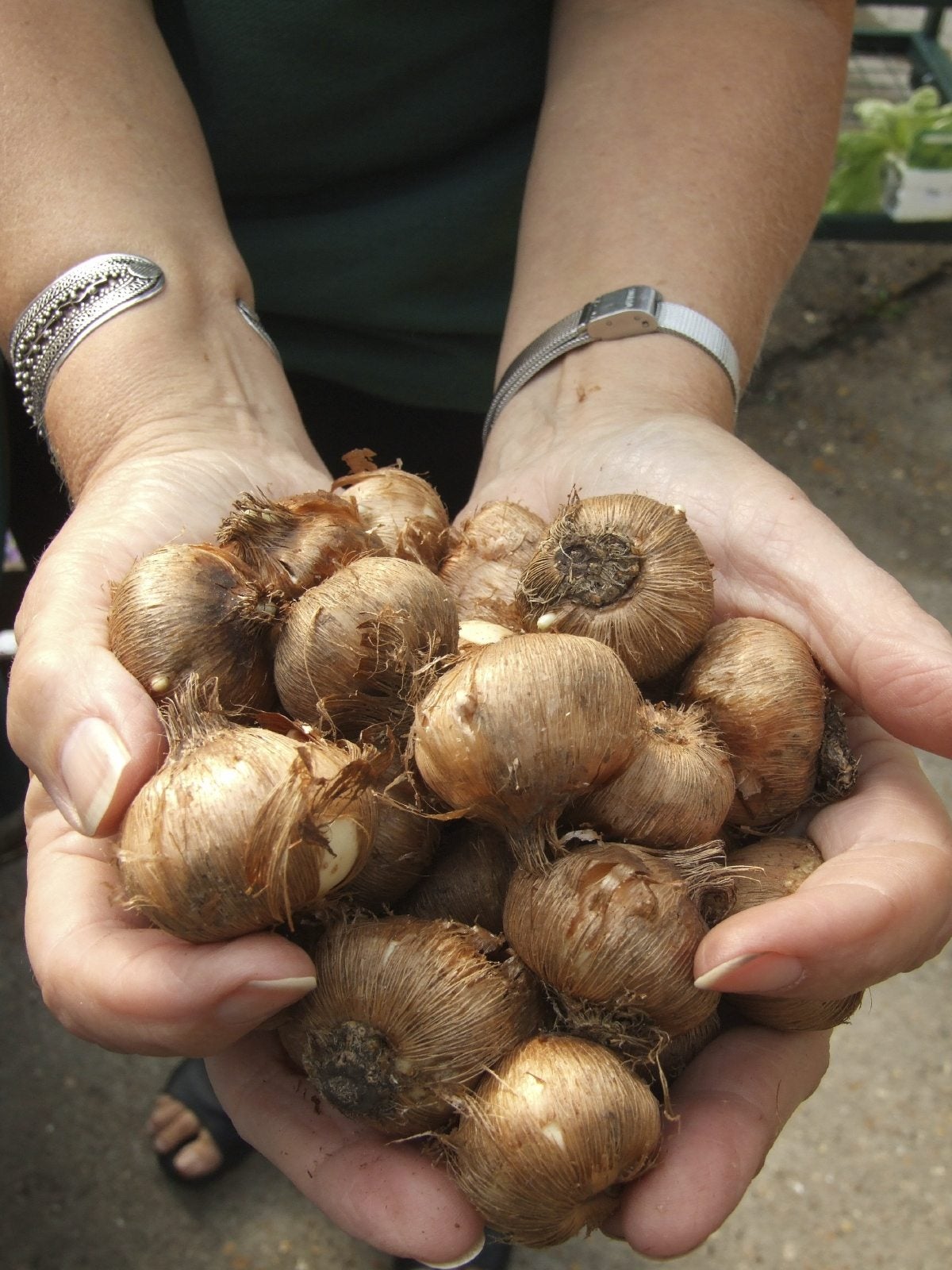 Crocus Bulb Storage: Learn How To Cure Crocus Bulbs
Crocus Bulb Storage: Learn How To Cure Crocus BulbsIf you choose to remove the bulbs until the next growing season, it is important to know when to dig up crocus bulbs. Learn how to cure crocus bulbs in the article that follows. Click here for more information.
By Bonnie L. Grant
-
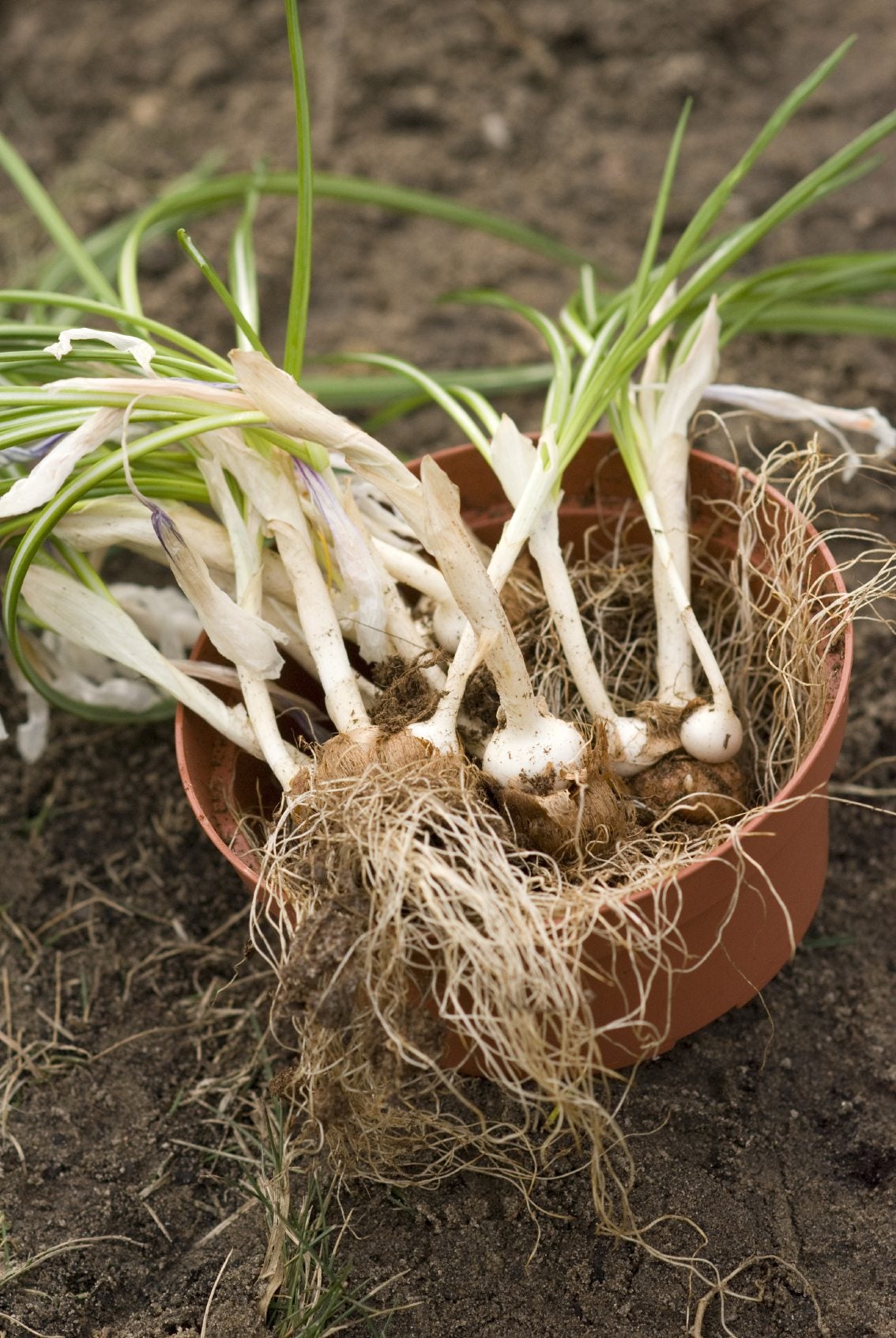 What Are Crocus Offsets: How To Dig Up Crocus Bulbs For Propagation
What Are Crocus Offsets: How To Dig Up Crocus Bulbs For PropagationCrocuses are some of the first flowers to poke their heads through the soil in early spring. Propagating crocus bulbs from division is an easy method of multiplying these enchanting flowers, and this article will help.
By Gardening Know How
-
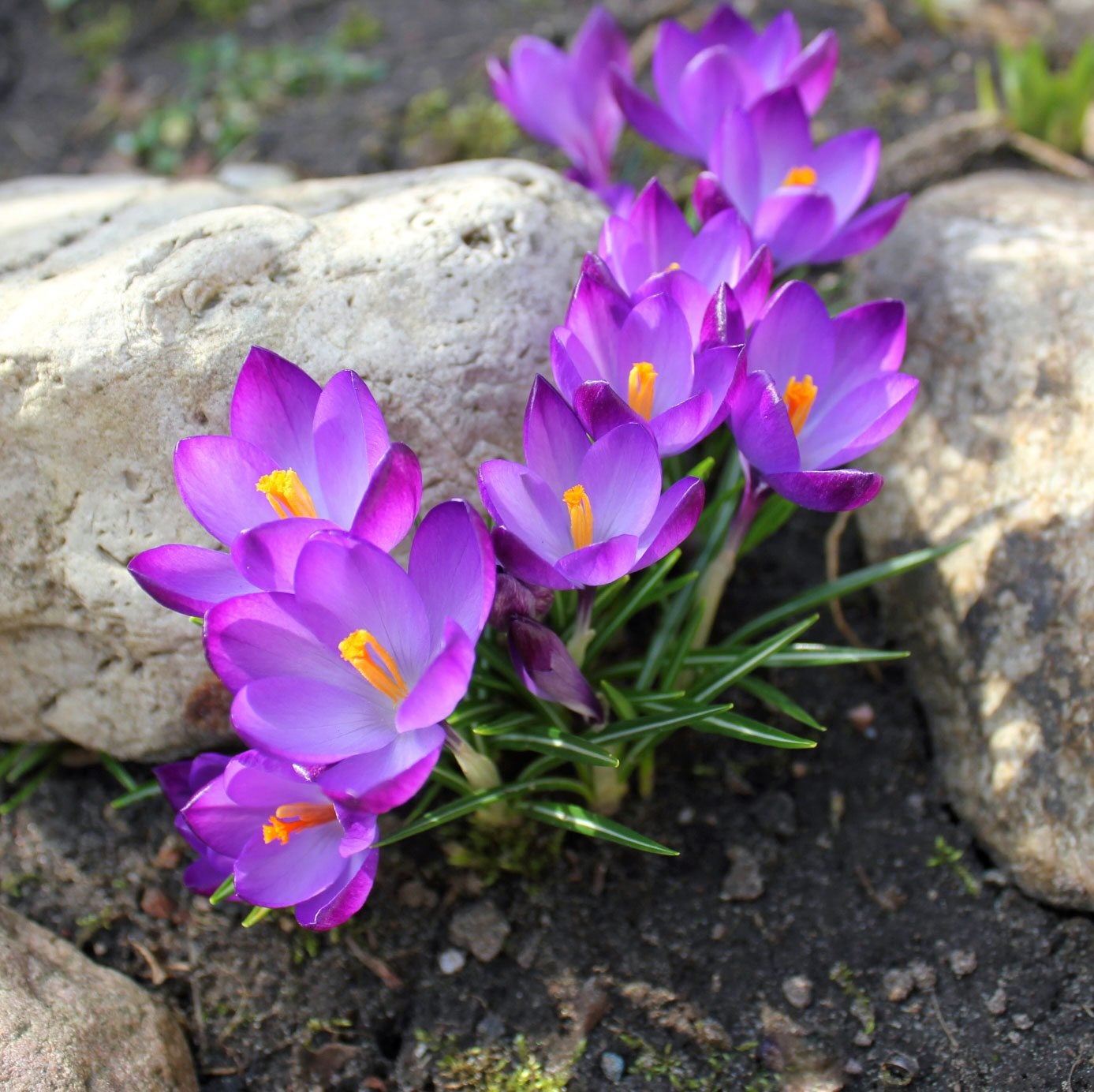 Crocus Planting Tips: Learn When To Plant Crocus Bulbs
Crocus Planting Tips: Learn When To Plant Crocus BulbsCrocuses are the first bright surprise in early spring. In order to get the cheery flowers, you have to plant some corms at the right time of the year. You need to know when to plant crocus. Read here for important crocus planting tips.
By Bonnie L. Grant
-
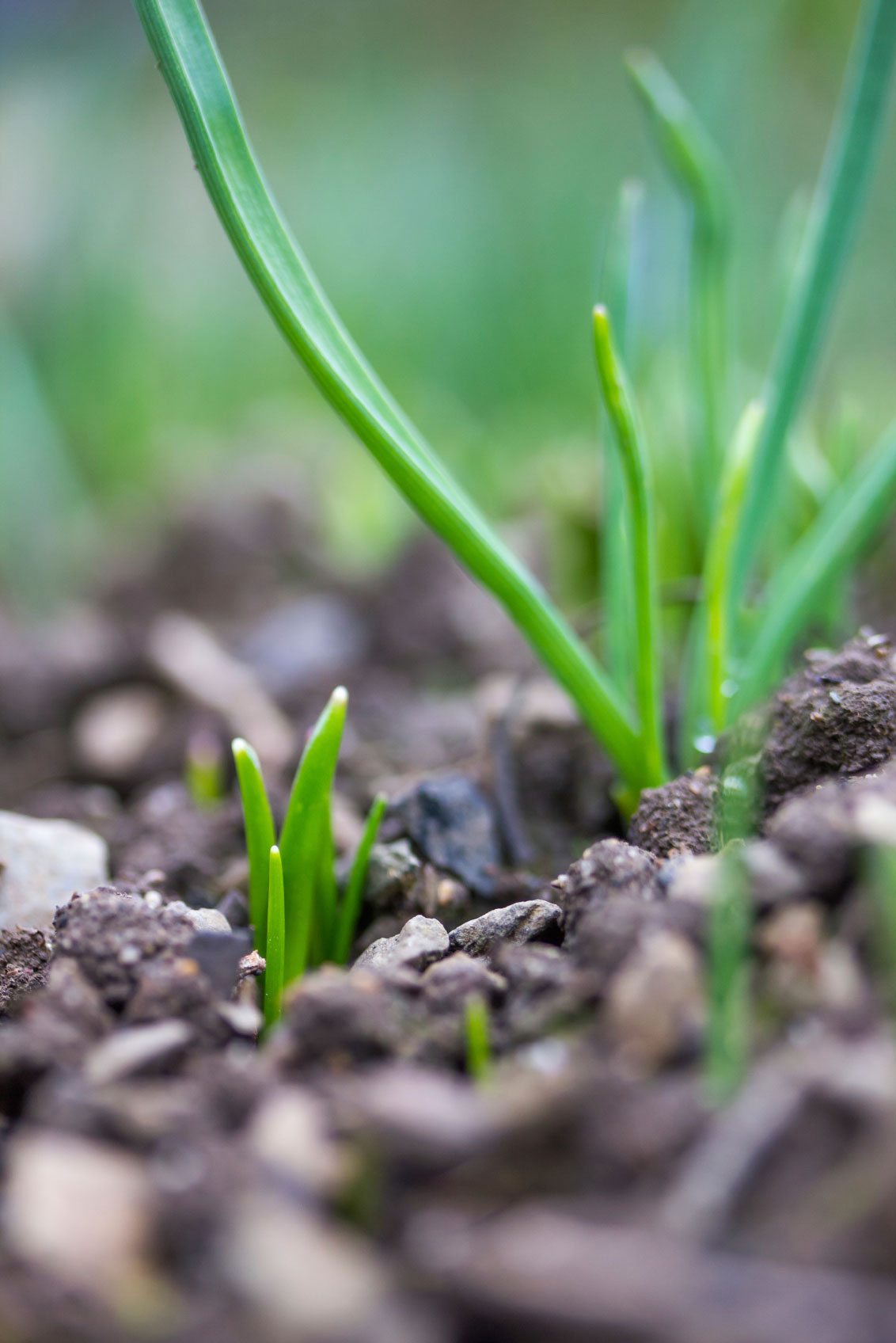 My Crocus Won't Flower: Reasons For A Crocus Not Blooming
My Crocus Won't Flower: Reasons For A Crocus Not BloomingYou did everything right. You planted the corms in fall, fluffed up the soil, and fertilized the root zone but there are no blooms on your crocus. There are several reasons for a crocus not blooming. Learn what they are in this article.
By Bonnie L. Grant
-
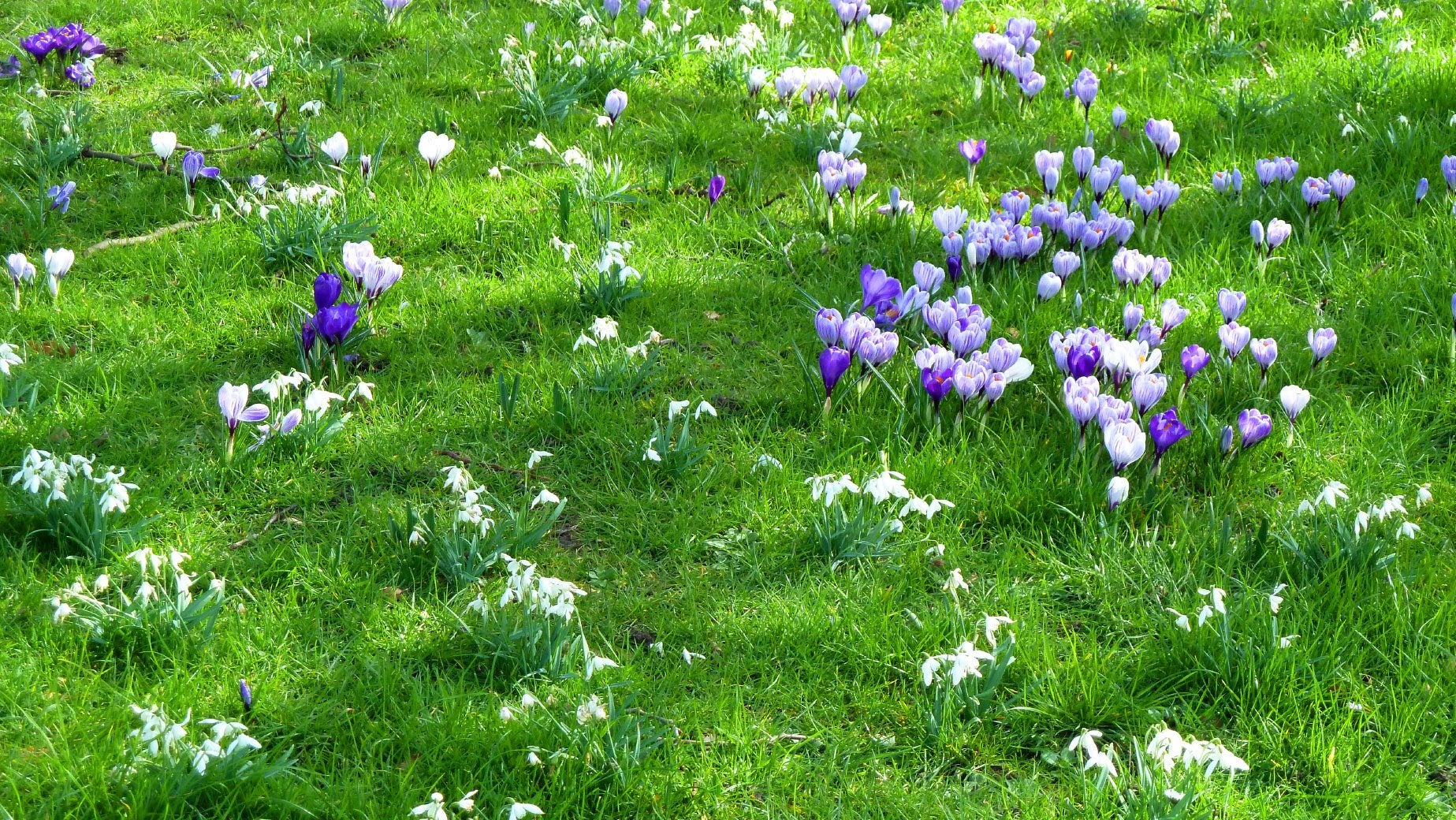 Crocus In Lawns: Tips For Growing Crocus In The Yard
Crocus In Lawns: Tips For Growing Crocus In The YardEarly-spring crocus have much to offer and they needn't be restricted to the flower bed. Just imagine a lawn filled with these blooms. If you're thinking about growing crocus in the yard, there are several things to consider. This article will help.
By Mary H. Dyer
-
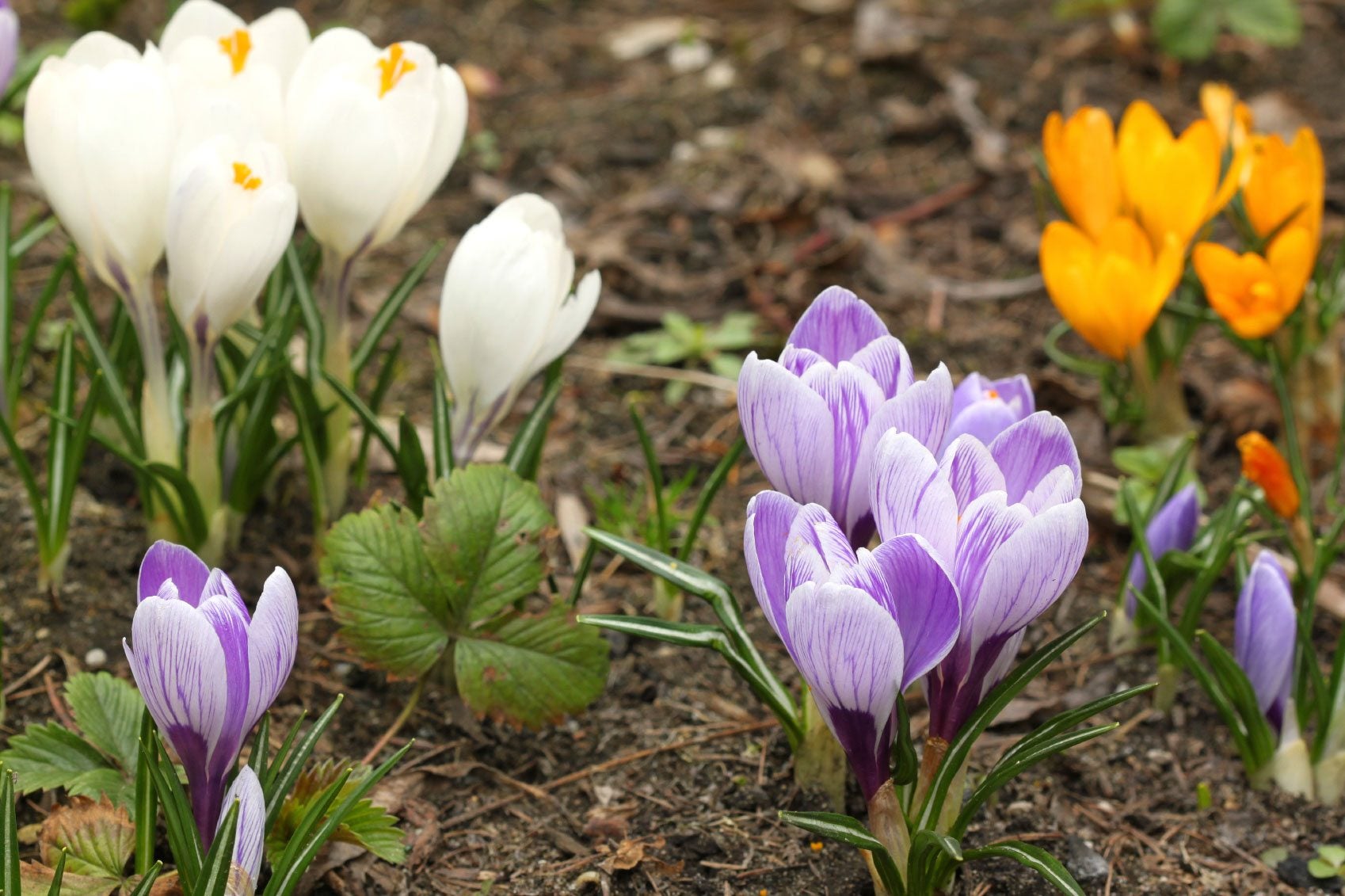 Common Crocus Species: Fall And Spring Blooming Crocus Plant Varieties
Common Crocus Species: Fall And Spring Blooming Crocus Plant VarietiesWe?re all familiar with spring crocus flowers, those dependable favorites that dot the ground with bright jewel tones. However, you can also plant less familiar, fall blooming crocus. Learn more about different types of crocus in this article.
By Mary H. Dyer
-
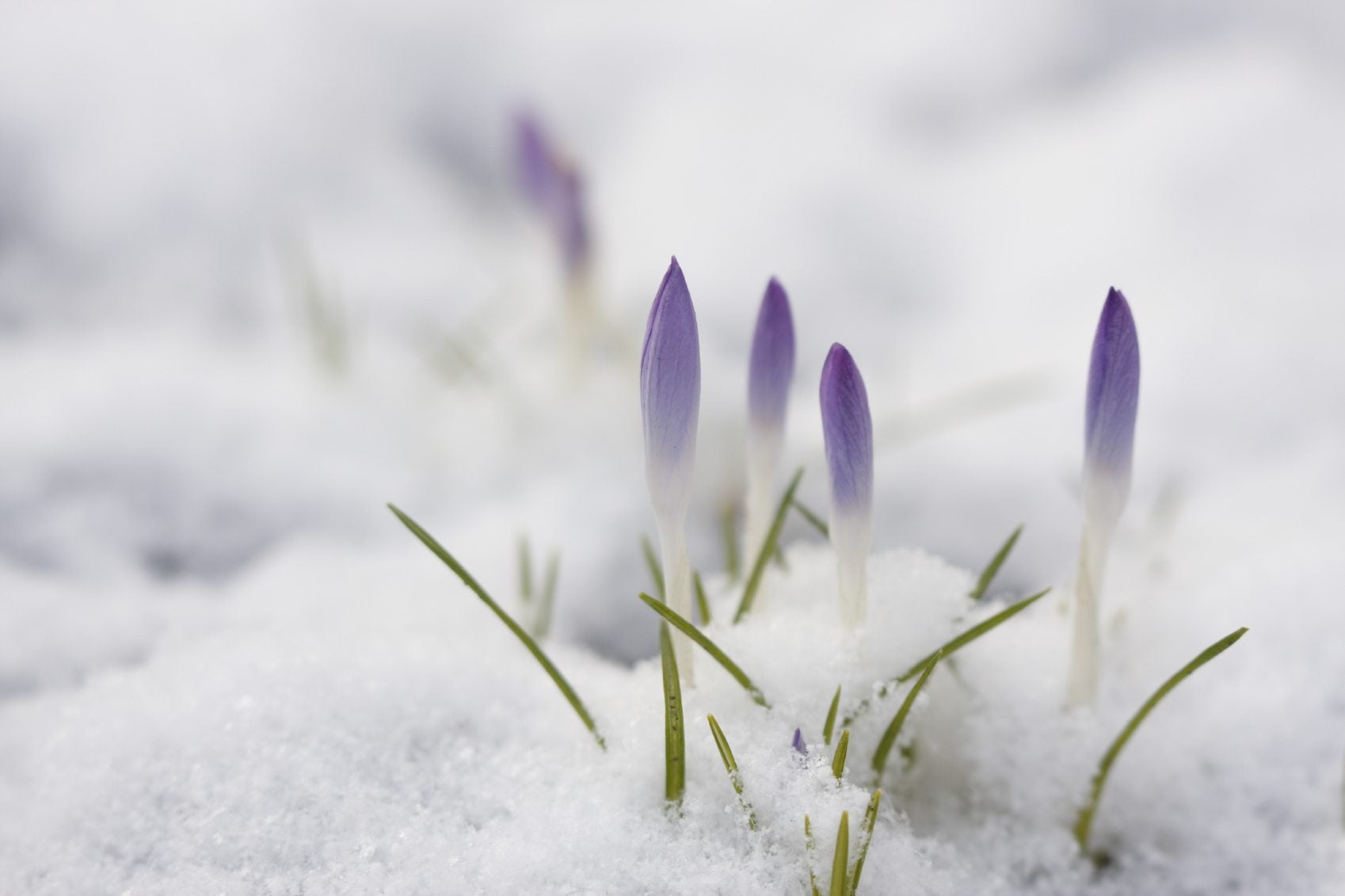 Crocus Winter Flowering: Learn About Crocus In Snow And Cold
Crocus Winter Flowering: Learn About Crocus In Snow And ColdCrocus winter flowering happens in temperate regions. It is not uncommon to see their white, yellow and purple heads surrounded by late snow. Will snow hurt crocus blooms? This article explains more about crocus cold hardiness.
By Bonnie L. Grant
-
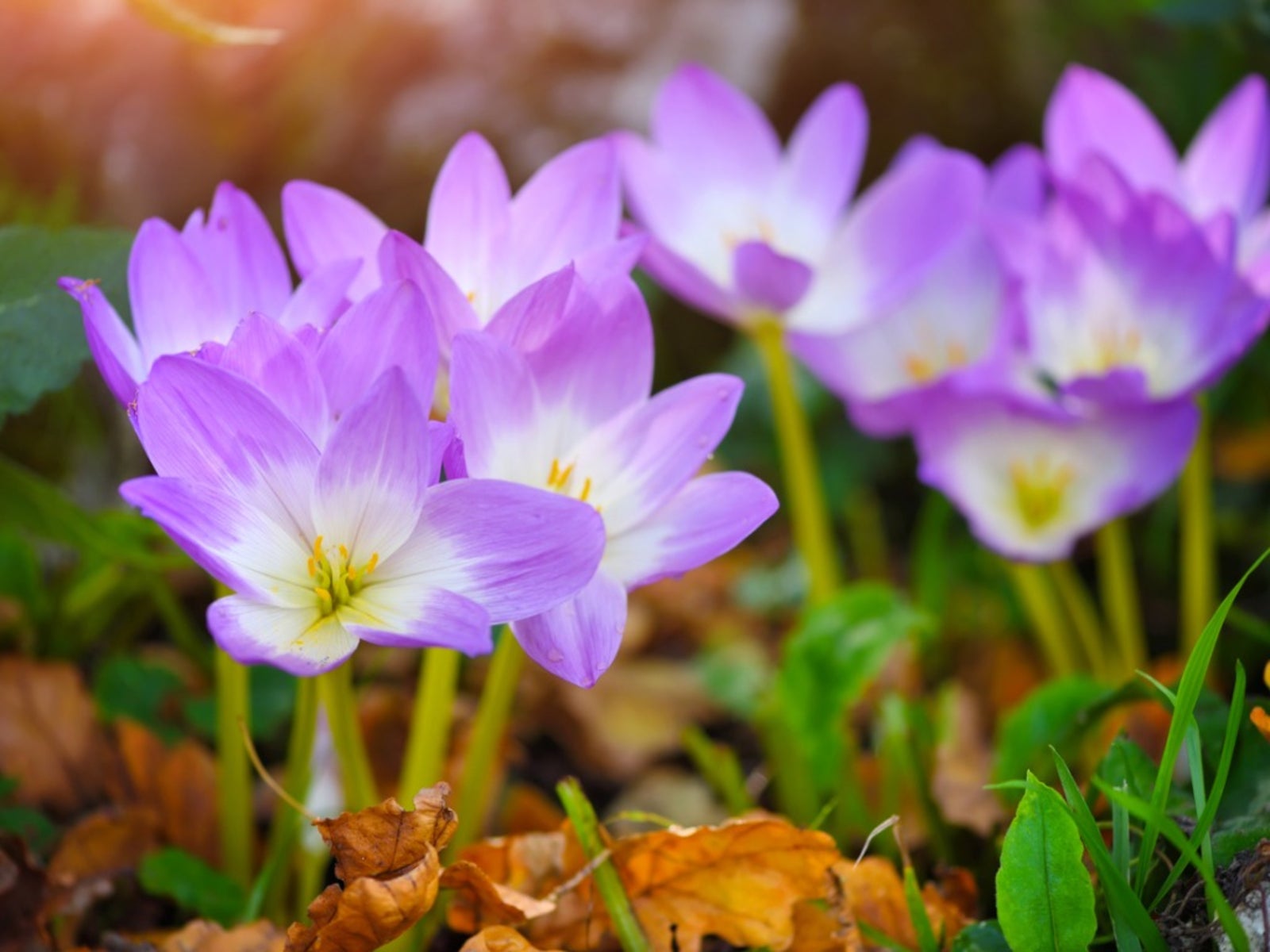 What Is Autumn Crocus: Growing Information And Care Of Autumn Crocus Plants
What Is Autumn Crocus: Growing Information And Care Of Autumn Crocus PlantsA charming addition to your fall flower bed, autumn crocus bulbs add unique color when much of the garden is getting ready for its long winter nap. Learn more about growing autumn crocus in this article.
By Amy Grant